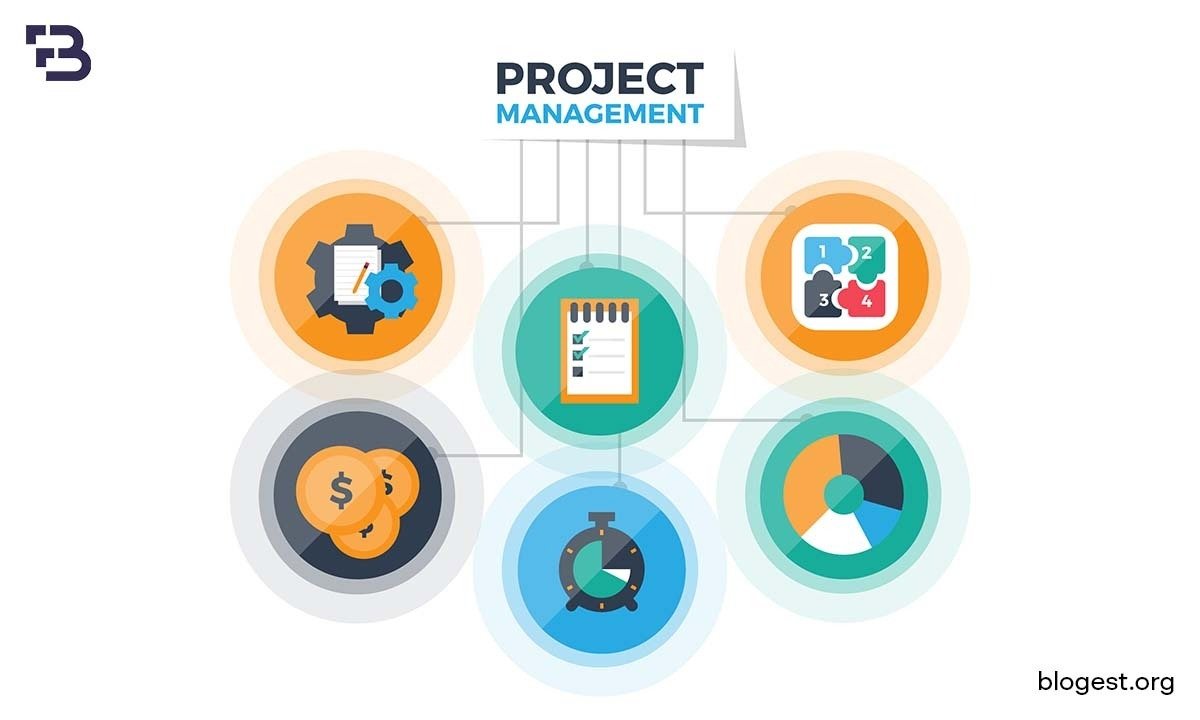Project management is a toiled labor consisting of multiple points of touch, deadlines, team members, and resources.
Adding a structure to planning the event, supervising its process and helping each other during the project-related tasks is a crucial part of the whole process to guarantee the achievement of the outcomes.
One of the best-suited ways to use SharePoint for project management is the reason for its great success.
Nowadays project management is a celebration of teamwork. Consequently, we will examine how SharePoint could be used for project management and why you may find it useful during your work.
Understanding SharePoint For Project Management
One flexible approach for documenting management and the organization of projects and collaboration – SharePoint, being a part of the Microsoft Office 365 collection.
Skills for “how to use SharePoint for project management” through its full capabilities, on the other hand, assist in linking the team all together and facilitating the sharing of all the project-related info and activities in one centralized location.
As such opportunities are utilized, SharePoint is able to achieve document management with maximum efficiency, ensure control over all versions and smooth collaboration.
This agile platform provided for continuous updating and data and made it comfortable for team members to remain in one place, collaborating and adhering to the target of the project.
SharePoint, an integral part of the Microsoft Office 365 collection, is an all-encompassing project management and collaboration conduit for firms that are looking to streamline it is administration of projects.
The given below actions are crucial in using SharePoint to enhance the structure of your project management system.
1. Centralized Project Documentation
Centralizing project documentation is one of Microsoft Office 365’s most important features, along with SharePoint.
With the use of SharePoint which operates on a local site, you can centralize your projects instead of having the information scattered over different folders copied from the different files.
The website platform of the project, including meeting minutes, reports, project plans, etc. serves as a single and trusted source of information for all project matters.
You may set up document libraries and file organization based on the structure of your project on your project site.
This reduces the possibility of data loss, guarantees that everyone is using the most recent versions, and expedites information access.
Moreover, SharePoint offers document history and version control, enabling you to keep track of modifications and revert to earlier iterations as needed.
2. Task Management and Collaboration
The foundation of a good project management strategy is effective task management.
You may make task lists, assign assignments to team members, and establish deadlines with SharePoint.
Automated reminders are another feature of this function that makes sure everyone remembers their obligations.
Project-related events, meetings, and milestones may also be scheduled using SharePoint’s integrated calendar.
Transparency in tracking progress is a key benefit of utilizing SharePoint for task management.
Members of the team have the ability to amend the status of their assignments, attach pertinent documents, and post comments for public viewing.
This degree of cooperation improves visibility and accountability by doing away with the necessity for ongoing email exchanges and centralizing all project communications.
3. Streamlined Communication
Project management requires effective communication, which SharePoint’s communication tools help with.
Use the announcement board to provide important project updates, or create discussion boards to promote teamwork and problem-solving.
These capabilities lessen misunderstandings and miscommunications by preserving a consistent information flow throughout your project.
4. Customizable Workflows
The flexibility of SharePoint to build unique processes suited to the particular requirements of your project is another outstanding feature.
SharePoint enables you to automate repeated operations, saving time and minimizing human error, whether it’s a change request workflow, an issue tracking system, or a document review and approval procedure.
You may make sure that project procedures are standardized and regularly followed by personalizing workflows.
Hence, it also improves efficiency, keeps away the bottlenecks for the proper functioning of the entire project, and ensures that nothing is missed.
You do not need to be a seasoned coder to develop your workflow processes because SharePoint’s Visual Workflow Designer allows you to as a layman.
5. Integration with Microsoft 365 Apps
Besides, another advantage of Microsoft Office 365 is posed by the integration of its applications which is very eloquent.
The ease of SharePoint integrating other Microsoft products such as Teams, Power BI and Outlook is why you would consider using it for project management.
Tasks like file sharing via Outlook, real-time collaboration with Teams, and project data visualization using Power BI’s interactive dashboards are all made easier by this interface.
When SharePoint is integrated with other Microsoft 365 applications, a comprehensive project management environment that maximizes collaboration, data analysis, and communication is fostered.
To improve overall project management skills, you may use additional applications for specialized tasks and centralize your project data in SharePoint.
6. Security and Permissions
The security of data is critical to project management.
With the powerful security tools that SharePoint offers, you can manage who may access what data.
To keep sensitive data private, you may configure permissions on document libraries, task lists, and other project-related resources.
SharePoint also offers audit logs for monitoring user activity and document modifications. This provides an additional degree of security and responsibility, which is necessary to meet different regulatory standards.
Your project management process may be greatly streamlined by using SharePoint, especially when it’s connected with Microsoft Office 365.
It includes strong task management tools, a centralized center for projects, and eases document management and communication.
Using these technologies is apropos for Okage to fill the corporate requirements and to acquire an edge in the crux of project management.
By that, in light of the pros of SharePoint adoption for project management, benefit from the comprehensive tools offered by Office 365 no matter whether your project portfolio is small or big.





8 thoughts on “How To Streamline Project Management Workflow With SharePoint”